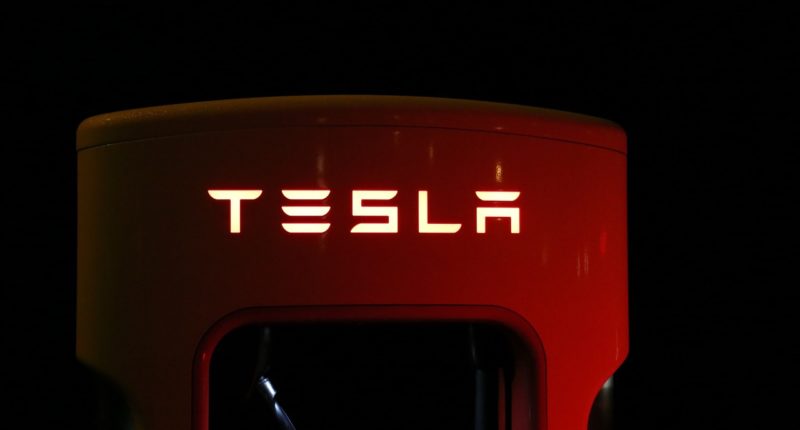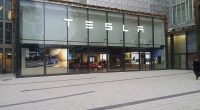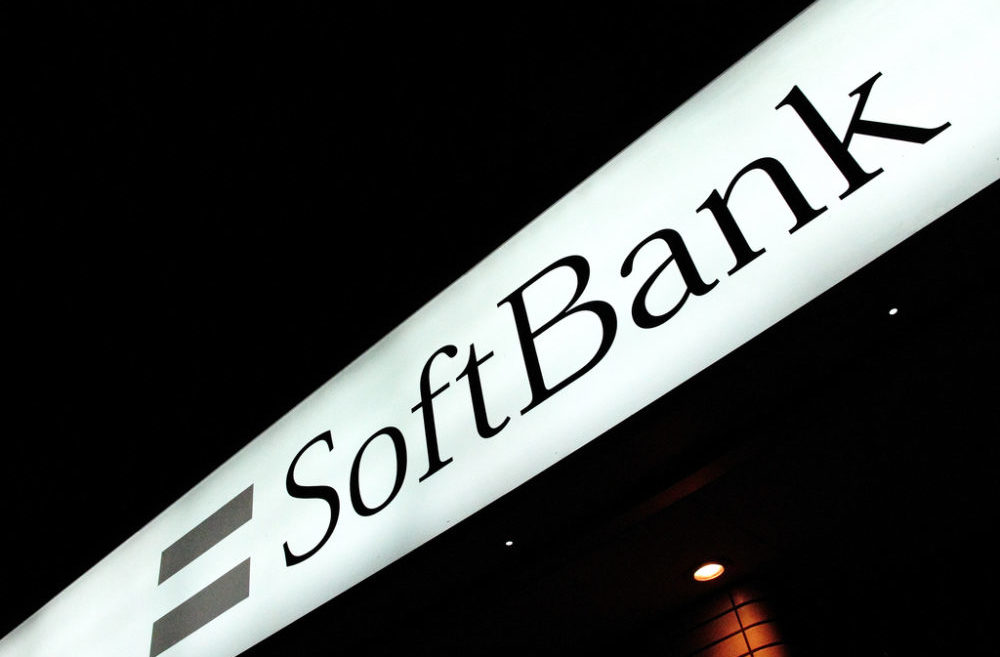Technology may be the future, but till now, it is yet to replace man in all sectors. Tesla, one of the biggest names in the game, found that out after two passengers were killed in Texas when a Tesla Model S vehicle, which is believed to have been operated on Autopilot mode (that is, there was nobody in the driver’s seat) collided into a tree and caught fire.
According to Mark Herman, Harris County Precinct 4 Constable, evidence and witness statements suggested that the driver’s seat was empty when the vehicle crashed. The identities of the deceased, one 69-year-old and the other 59-year-old, were not released. One of the victims was in the front passenger seat while the other was in the rear seat. The Texas police will be serving warrants to Tesla for securing data collected from the vehicle, a senior officer said.
According to evidence, the vehicle was traveling at high speed when it failed to negotiate a curve and went off the roadway, crashing to a tree and bursting into flames. After the fire was extinguished, authorities located the two passengers. While the exact speed was not yet known, the National Highway Traffic Safety Administration (NHTSA) is conducting the investigation. Herman added that it took more than 30,000 gallons of water to extinguish the fire, which burned for four hours.
Hours before the crash occurred, Tesla CEO Elon Musk had tweeted that Tesla’s vehicles equipped with autopilot had a 10 times lesser chance of accident than the average vehicle. Following the crash, however, Musk denied that the driving software was at fault, tweeting that the car’s Autopilot mode was not activated. He tweeted, “Data logs recovered so far show Autopilot was not enabled & this car did not purchase FSD,” adding that “standard Autopilot would require lane lines to turn on, which this street did not have.”
In answer to Musk’s tweet, Herman told Reuters that they will eagerly wait for the data recovered from the vehicle.
While Tesla said that its vehicles with Autopilot engaged were involved in just one accident for every 4.19 million miles driven in the first quarter of this year, it does not decrease the scrutiny over Tesla’s semi-automated driving system. The NHTSA, which operates the National Transportation Safety Board (NTSB), had said in March that it had opened 27 special investigations into crashes of Tesla vehicles, including three recent ones, and 23 out of these 27 cases still remain active.
Tesla has often said, that the Autopilot feature, designed to aid the driver, is not flawless – it does not make the vehicle autonomous and still requires active driver supervision – something that needs to be noted in order to avoid similar accidents.
The Tech Portal is published by Blue Box Media Private Limited. Our investors have no influence over our reporting. Read our full Ownership and Funding Disclosure →






